Southeast Asian Countries

- Southeast Asia contains 11 different countries.
- Approximately 674 million people live in Southeast Asia.
- Indonesia is the largest and most populous country in Southeast Asia.
- Brunei Darussalam is the least populous country in Southeast Asia, and the region's only absolute monarchy.
- Timor-Leste (East Timor) is the newest and poorest country in Southeast Asia.
Southeast Asia is a region comprised of 11 different countries, all with their own languages and cultures. In fact, some countries of the region are home to many cultures and languages. Southeast Asia is also home to some of the world’s most vibrant economies. Approximately 674 million people live in the region.
Contents:
- Indonesia
- Philippines
- Vietnam
- Thailand
- Myanmar (Burma)
- Malaysia
- Cambodia
- Laos
- Singapore
- Timor-Leste (East Timor)
- Brunei Darussalam
Indonesia
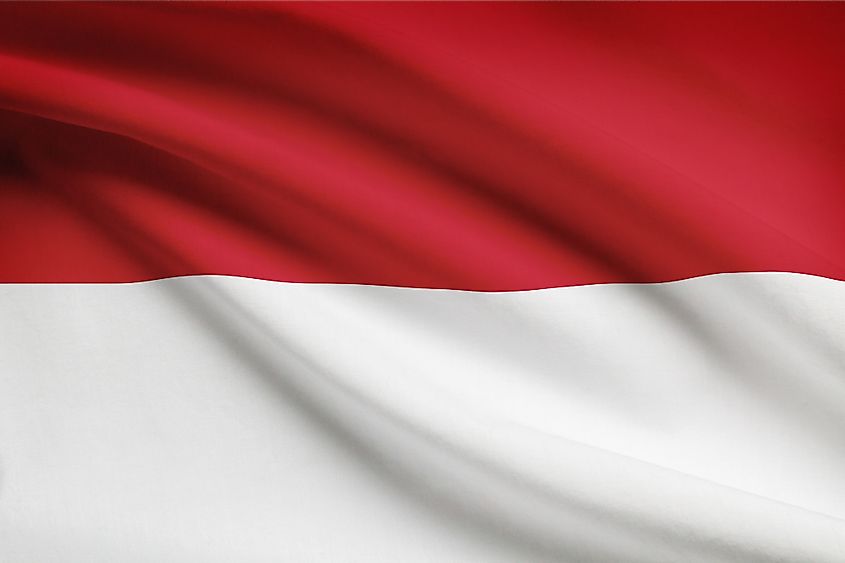
Indonesia is the largest and most populous country in Southeast Asia. It is located between Australia and the Philippines, and stretches from the western border of Papua New Guinea, to the island of Sumatra in the Indian Ocean. More than 275 million people call Indonesia home. The country is made up of 17,508 islands and has a total land area of 1,811,570 km2.
Indonesia also has the distinction of being the most populous Muslim country in the world. It is a multicultural and multilingual country. In fact, more than 300 languages are spoken in Indonesia. In addition to their local languages, most Indonesians also speak Bahasa Indonesia, which is a national language of sorts and is used as a Lingua franca. Formerly a Dutch colony, Indonesia has been independent since 1945. Between the 1960s and 1990s, the country enjoyed steady, sometimes rapid, economic growth. In 1999, Indonesia held its first democratic elections in more than 40 years, and has managed to maintain its democratic credentials since then.
Philippines
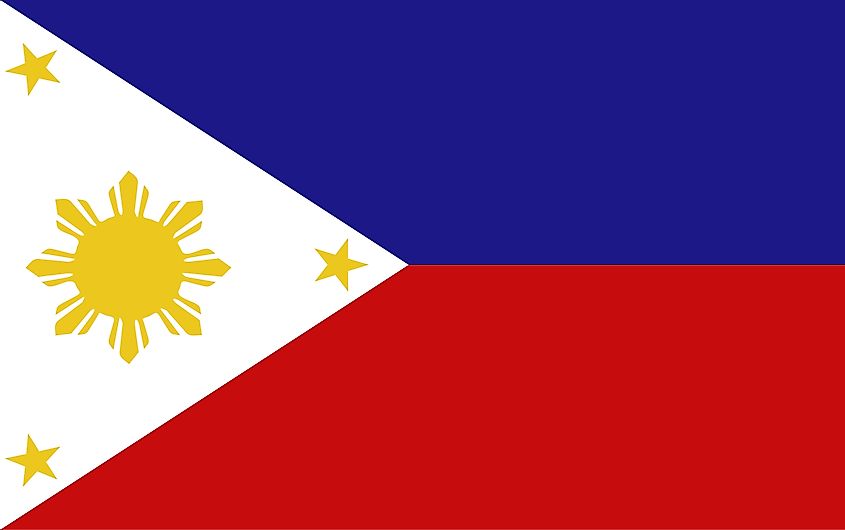
The Philippines lies in the Pacific Ocean, north of Indonesia and south of the island of Taiwan. Like Indonesia, the Philippines is country comprised of many islands; 7,640 islands, to be exact. The Philippines has a population of more than 110 million people, nearly a quarter of whom live in the greater metropolitan area of Manila, the country’s capital, located on Luzon, the country’s largest island.
There are many different ethnicities in the Philippines, the largest of which are the Tagalog, Cebuano, and Ilocano. There are also many languages spoken in the country, though Tagalog is used as the national dialect. English is also widely spoken. Most of the people of the Philippines practice Roman Catholicism, though there is also a sizeable Muslim population on the southernmost island of Mindanao. The Philippines has seen steady economic growth in the last ten years. Between 2010 and 2019, the country’s economy grew at an average of 6.4% per year.
Vietnam
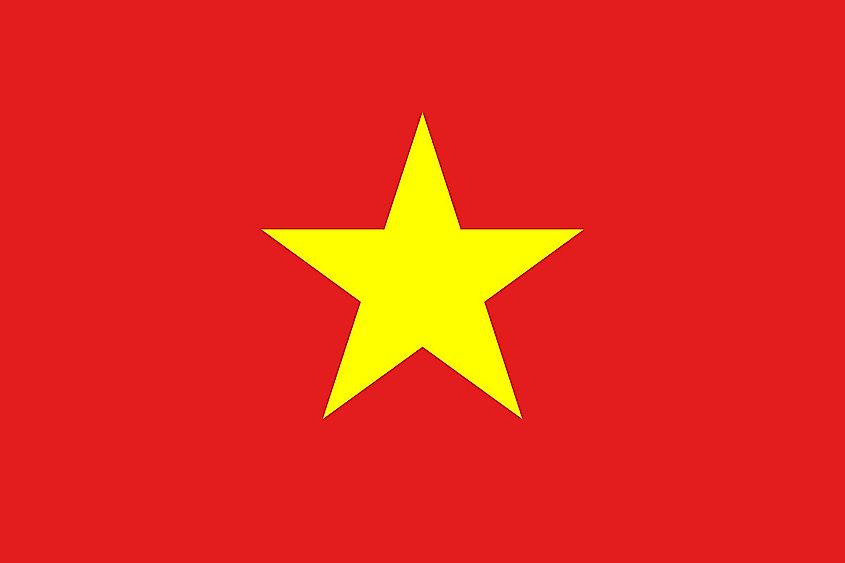
Vietnam is a country on the Indochinese Peninsula. It is bordered to the north by China, to the east and south by the South China Sea, and to the west by Laos and Cambodia. Vietnam is a country of approximately 98 million people. After declaring independence from France in 1945, Vietnam was divided into two states, North Vietnam and South Vietnam, in 1954. North Vietnam was a communist state, while South Vietnam was capitalist. For the next two decades, the two countries would be at war with each other.
In 1975, the Vietnam War officially ended when the South Vietnamese surrendered and North Vietnamese troops captured the South Vietnamese capital, Saigon, which was subsequently renamed Ho Chi Minh City, after the founder of the Vietnamese communist movement. As a result, Vietnam was reunited. In the 1980s, Vietnam’s communist government instituted economic reforms, which moved the country away from communism and towards a more capitalist economic model. The result was rapid growth over the next 30 years. Between 2002 and 2018, for example, Vietnam’s GDP per capita increased by 2.7 times, reaching a level of US$ 2,700 by 2019.
Thailand
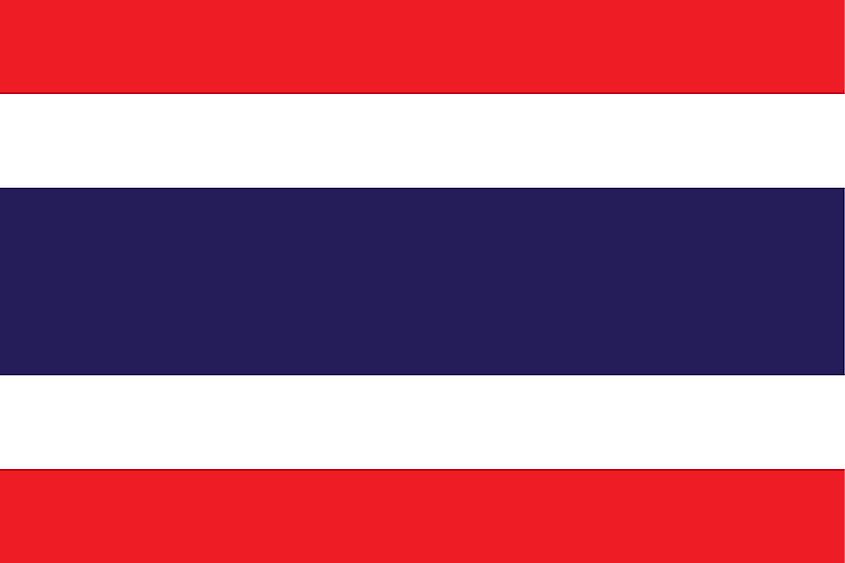
The Kingdom of Thailand, formerly known as Siam, is located on the Indochinese Peninsula. Its neighbors are Myanmar (Burma) to the west, Laos to the east, Cambodia to the southeast, and Malaysia, on the Malay Peninsula, to the south. Thailand’s coastal area borders the Gulf of Thailand. The population of Thailand is over 69 million. The people of Thailand practice a unique form of Buddhism known as Theravada Buddhism. The family is paramount in Thailand, as is being polite and respectful.
The history of modern Thailand begins in 1782, with the founding of the Chakri Dynasty, which rules Thailand to this day. Thailand adopted its first constitution in 1932, eventually emerging as a parliamentary democracy, though there have also been periods of military rule in the country. In the last 20 years, Thailand has had to deal with much political and economic uncertainty. The most recent political development has been growing dissatisfaction with the monarchy, which has always been regarded as a sacred institution in Thailand.
Myanmar (Burma)
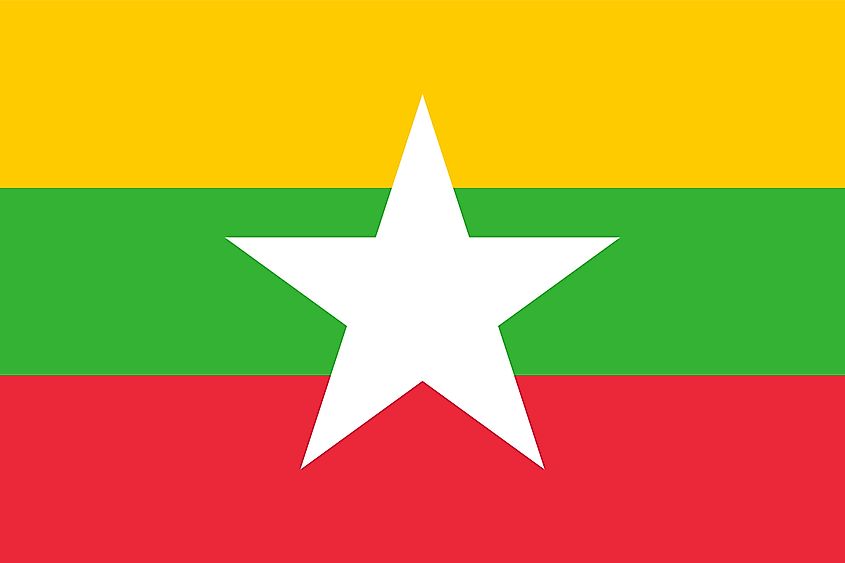
Myanmar, also known as Burma, is the northernmost country in Southeast Asia. It is bordered to the north and northeast by China, to the south by the Bay of Bengal and the Andaman Sea, to the east by Laos and Thailand, and to the west by India and Bangladesh. Over 54 million people call Myanmar home. Most of them live in the Ayeyarwady Delta region.
The people of Myanmar are very diverse. The Bamar (called Burmans when the country was a British colony) account for about two-thirds of the country’s population, but there are 135 ethnic groups recognized by the government and many more that do not have official status. Myanmar’s most recent history has been defined by the Burmese people’s struggle for democracy against military rule. Myanmar has also been beset by ethnic conflict. In the last few years, the plight of the Rohingya Muslims of Myanmar has gained international attention as Burmese military forces have been accused of committing war crimes and other atrocities against them.
Malaysia
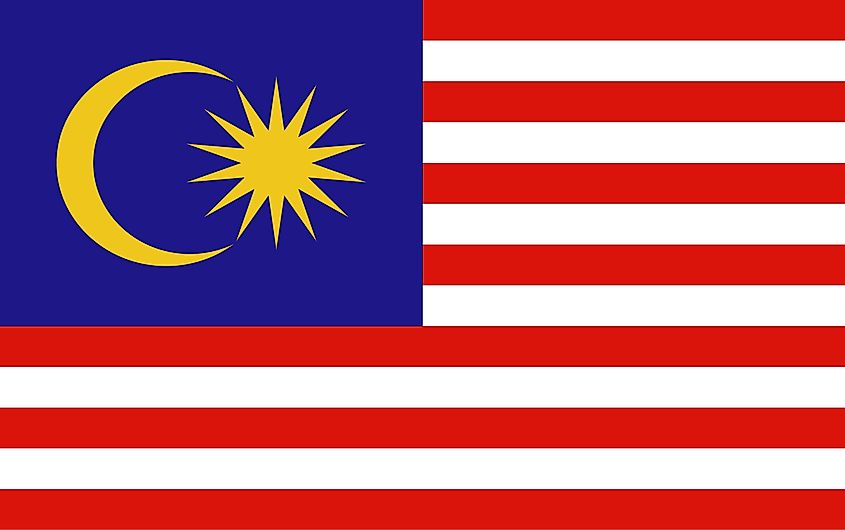
Malaysia consists of the southern part of the Malay Peninsula and the northern part of the island of Borneo, which the country shares with Indonesia and Brunei. The population of the country is approximately 32 million. Malaysia is a federal constitutional monarchy, consisting of 13 states and three federal territories.
The Malays and other closely related ethnic groups comprise the majority of the country’s population, but there are also large Chinese and Indian communities. Islam is the country’s official religion. Malaysia is one of Southeast Asia’s economic success stories. It has a strong manufacturing sector and exports a significant amount of electrical appliances, parts, and components. The World Bank estimates that by 2024, the country will achieve high-income economic status.
Cambodia
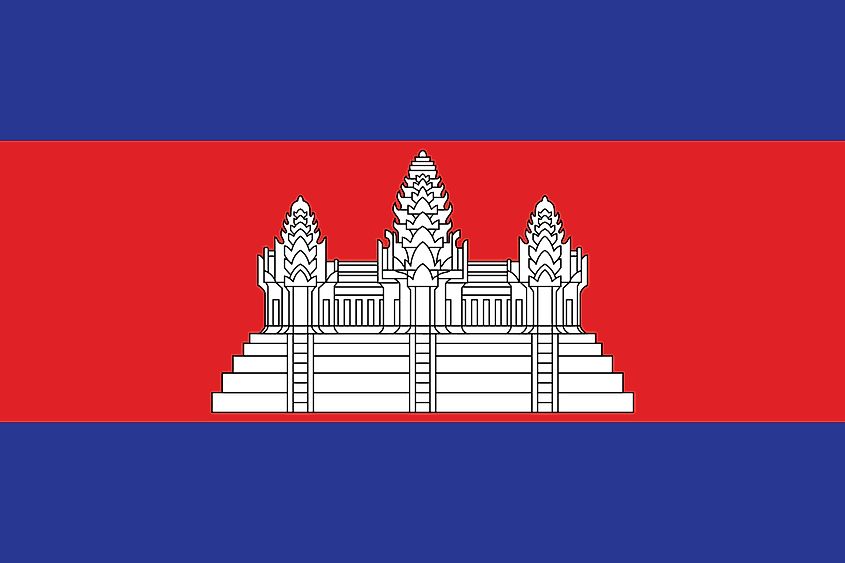
Cambodia is located on the Indochinese Peninsula. Vietnam borders the country to the east, Laos to the north, Thailand to the northwest, and the Gulf of Thailand to the southwest. Cambodia’s population is an estimated 17 million. In ancient times, Cambodia was inhabited by people of several cultures. These people built many cities, including the famous Angkor Wat.
Modern Cambodia has unfortunately been the scene of violence and unspeakable atrocities. In 1975, a communist movement known as the Khmer Rouge took power in a coup. They forced city-dwellers to locate to the countryside and become agricultural laborers. They also tortured and killed hundreds of thousands of Cambodia’s educated, middle-class citizens. When the Khmer Rouge was finally overthrown by Vietnamese forces in 1979, at least 1.7 million Cambodians had been killed.
Laos
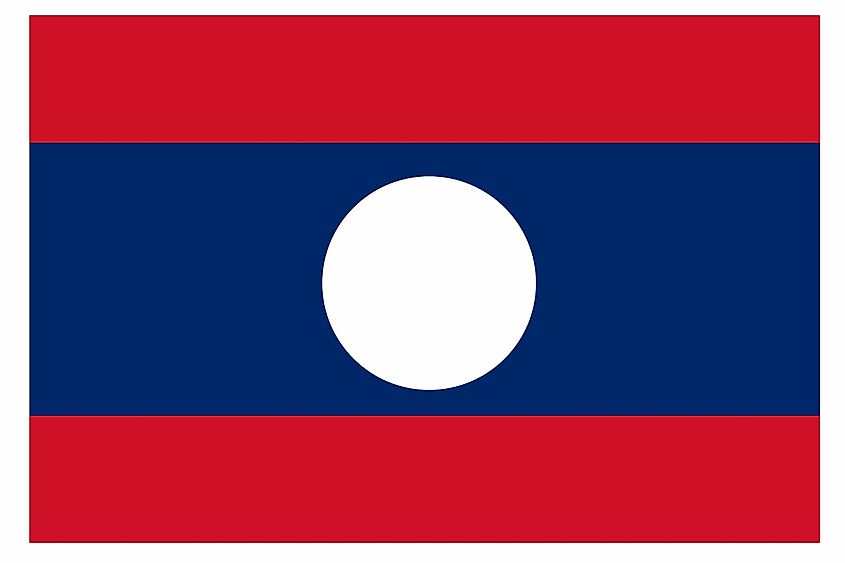
Laos is the only country in Southeast Asia that is landlocked. Vietnam borders it to the east, China to the north, Cambodia to the south, and Thailand to the west and southwest. The country has a population of about 7.3 million. Culturally and linguistically, Laos is closely related to Thailand, as they share similar languages. The country has historically been dominated by its bigger, more powerful neighbors. In the late 19th century, Laos became a colony of France. After gaining independence in 1949, Laos was plagued with internal power struggles and involvement in the Vietnam War. A communist regime took power in 1975, and has ruled the country since.
Singapore
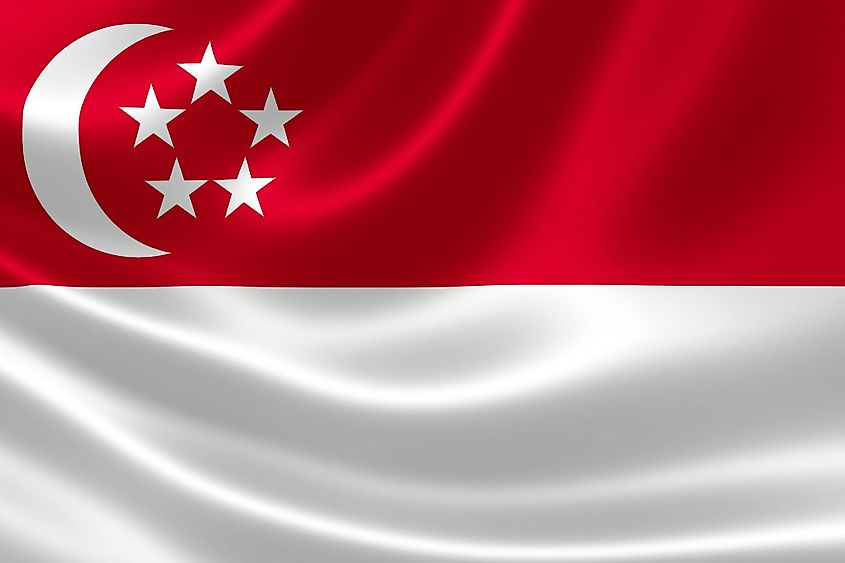
Singapore is an island city-state of approximately 5.8 million people who are from a wide variety of ethnic and racial backgrounds. It is separated from Malaysia by the Johor Straits. Arguably, no other country signifies the rapid economic growth of Southeast Asia more than Singapore. Formerly a constituent state of Malaysia, Singapore became an independent state in 1965. At that time, it was very much a low-income country. In a matter of decades, however, the country became an economic powerhouse. It has managed an annual growth rate of 7.7% since independence. Today, Singapore is ranked the best country on the World Bank’s Human Capital Index, and is also rated as one of the world’s most competitive economies.
Timor-Leste (East Timor)
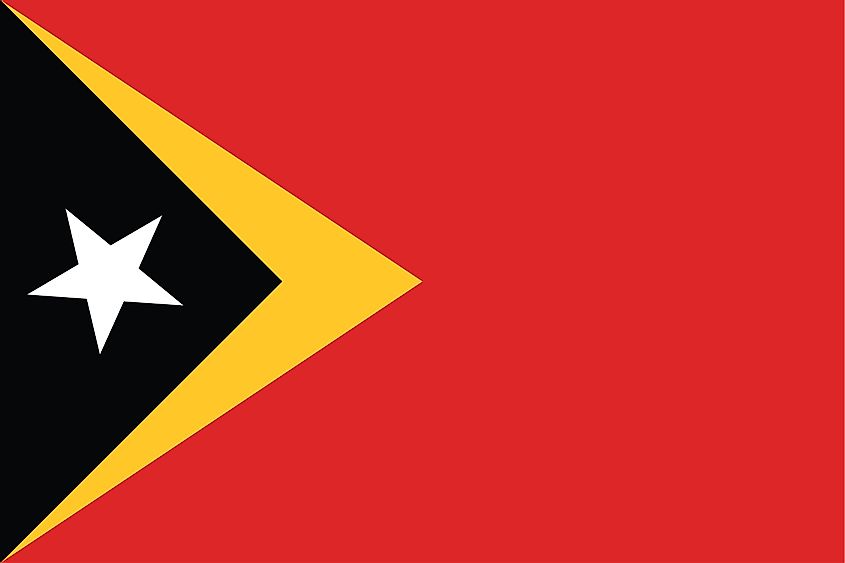
Timor-Leste is a small country of about 1.3 million people based on part of the island of Timor. The other part of the island is controlled by Indonesia. Timor-Leste is the newest and poorest country of Southeast Asia. The country officially gained independence in 2002, after a long, often violent struggle against Indonesian rule. This struggle left much of the country’s infrastructure ruined. Thus, the East Timorese have been in a kind of rebuilding mode ever since. According to the World Bank, some progress has been made in reducing poverty. Timor-Leste also remains a largely peaceful democracy.
Brunei Darussalam
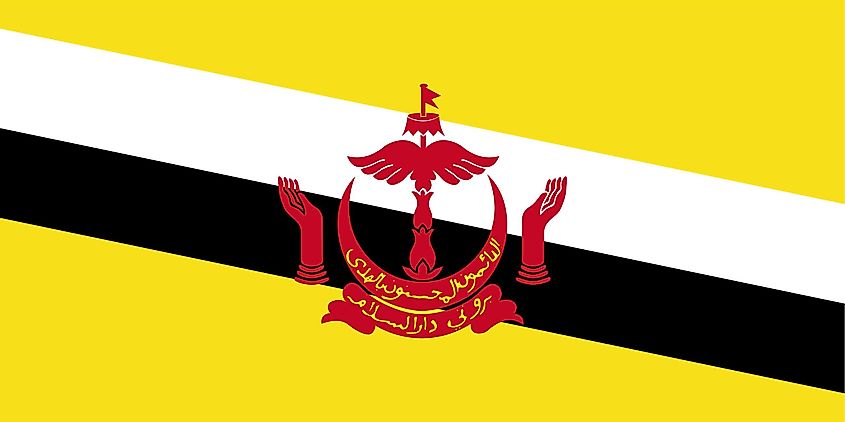
Brunei Darussalam is the least populous country in Southeast Asia. It is based on the island of Borneo, and is surrounded by territory belonging to Malaysia, except for its northern coast, off of which is part of the South China Sea. The population of Brunei is an estimated 440,750. Two-thirds of the country’s population is both Muslim and of ethnic Malay descent. Brunei is home to Southeast Asia’s last absolute monarchy. The second part of its name, Darussalam, literally means Abode of Peace.
Southeast Asian Countries
| Rank | State | Capital | Area (km2) | Population | GDP per capita (current US$) |
|---|---|---|---|---|---|
| 1 | Brunei | Bandar Seri Begawan | 5,765 | 433,290 | 31,086.8 |
| 2 | Cambodia | Phnom Penh | 181,035 | 16,486,540 | 1,643.1 |
| 3 | East Timor | Dili | 14,874 | 1,293,120 | 1,560.5 |
| 4 | Indonesia | Jakarta | 1,904,569 | 270,625,570 | 4,135.6 |
| 5 | Laos | Vientiane | 236,800 | 7,169,450 | 2,534.9 |
| 6 | Malaysia | Kuala Lumpur | 329,847 | 31,949,780 | 11,414.2 |
| 7 | Myanmar | Nay Pyi Taw | 676,578 | 54,045,420 | 1,407.8 |
| 8 | Philippines | Manila | 300,000 | 108,116,620 | 3,485.1 |
| 9 | Singapore | Singapore | 719 | 5,703,570 | 65,233.3 |
| 10 | Thailand | Bangkok | 513,120 | 69,625,580 | 7,806.7 |
| 11 | Vietnam | Hanoi | 331,210 | 96,462,110 | 2,715.3 |











